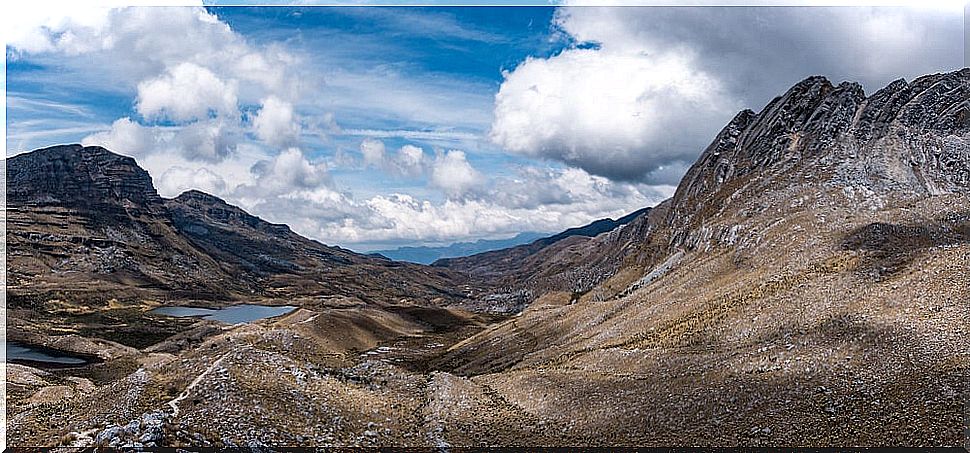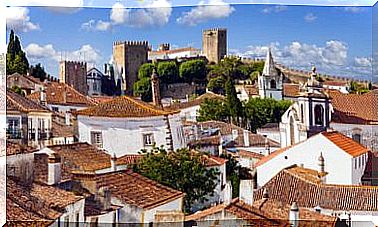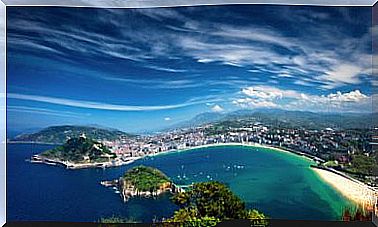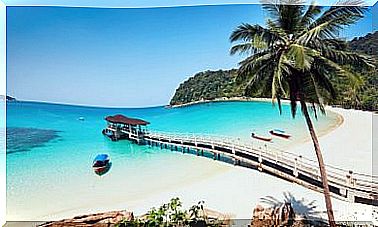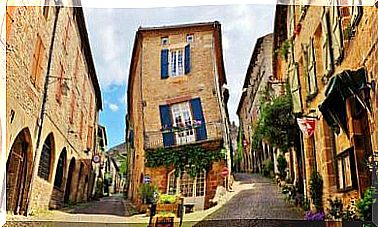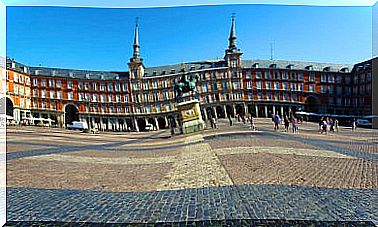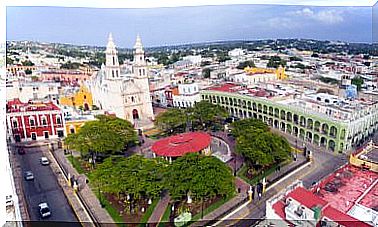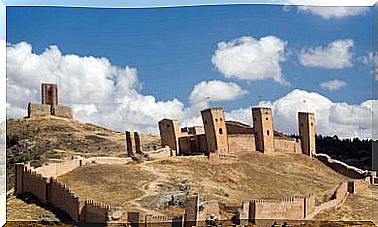Discover The Fabulous Forests Of Costa Rica
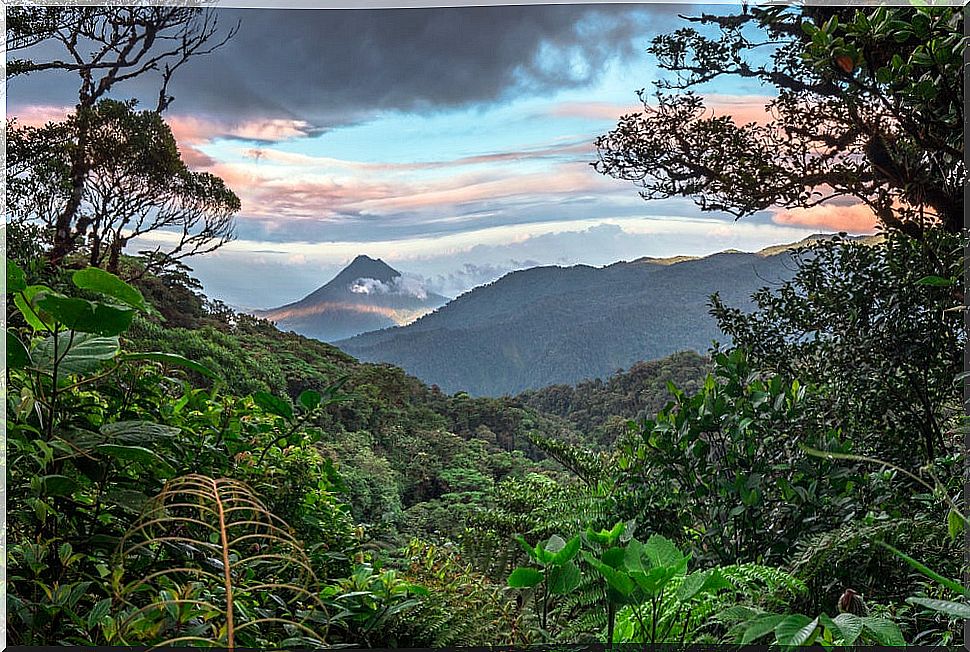
We travel to a country that, due to its geographical position, its proximity to two oceans and its orographic peculiarities, has ideal conditions for a great variety of environments to exist. In them, the vegetation has proliferated and shaped the fabulous forests of Costa Rica.
These conditions allow the existence of high variability and diversity in Costa Rican forest ecosystems. One of the ways of classifying forests establishes the existence of at least five types of forests in Costa Rica. These are: very humid tropical forest, very humid premontane, low montane pluvial, premontane pluvial and tropical humid.
Forests of Costa Rica: Monteverde Cloud Forest
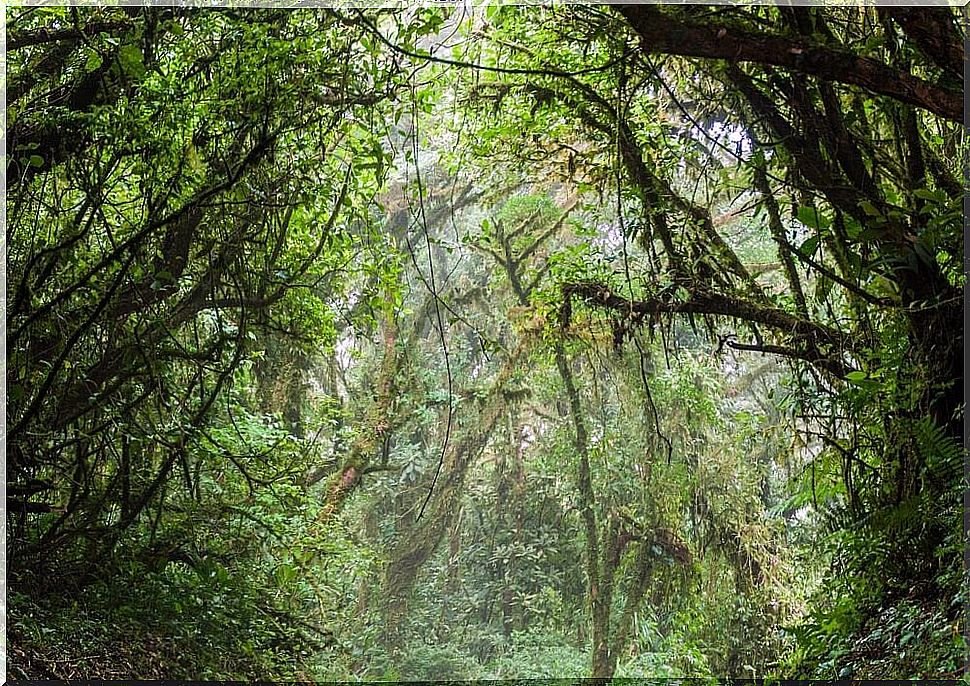
One of the main ecotourism attractions in Costa Rica is the Monteverde Cloud Forest Biological Reserve, in North Puntarenas. In this reserve you can literally walk through the clouds, since the fact of being located more than 1500 meters above sea level and the high humidity that exists cause a constant mist to be generated.
This forest stands out for its enormous biodiversity, as it houses no less than 2.5% of the world’s biodiversity. This makes it home to gigantic trees and more than a thousand species of plants and animals. Among the more than 500 species of birds, the most popular are the quetzal and the bell bird.
If you are lucky, here you can admire animals that you would never have imagined seeing in the wild. You may not want to meet pumas or jaguars, but visitors always like to meet one of the different species of monkeys that inhabit the place or admire the frog that has become an icon of Costa Rica, the red-eyed tree frog. .
These forests are the habitat of a species of toad that, as far as is known, is only found in this natural reserve, the golden toad. Also, from the top, in the Continental Divide, you can be stepping on the Caribbean and Pacific slopes, as well as spotting both oceans if the day is clear.
Some tips for visiting the reserve
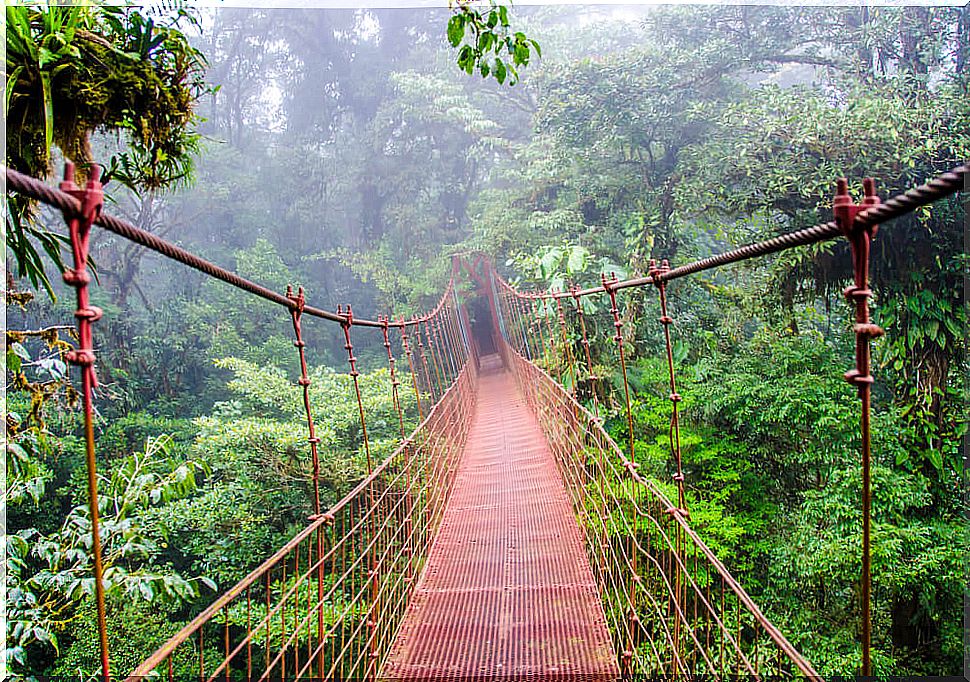
The reserve is located 150 kilometers from San José, the capital, and six from the city of Santa Elena. There are several ways for visitors to tour the reserve. One of them is through the thirteen kilometers of trails that run through the interior of the forests. Those trails that are well maintained and perfect for single day hikes.
Another way to explore the reserve is through the La Ventana viewpoint, touring the hanging bridges or with an operator that offers excursions over bridges and cables with panoramic views. The downside of this last option is that the route does not run through the interior of the reserve, but through neighboring forests.
More forests in Costa Rica: Corcovado National Park
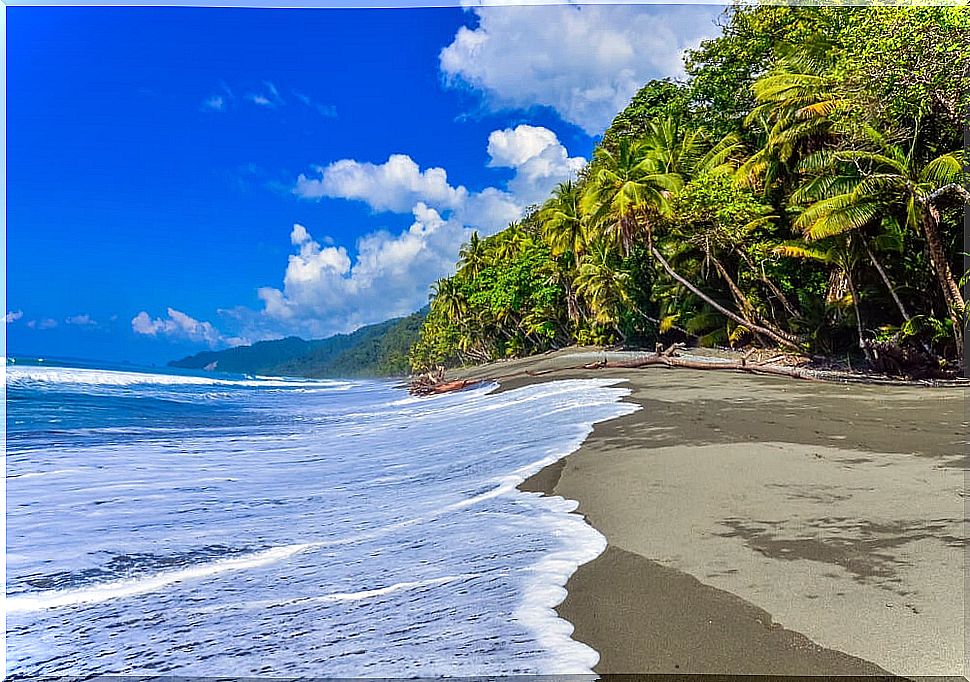
If you are curious to experience the sensations that are felt when walking through a very humid tropical forest, commonly known as jungle, in the Corcovado National Park you can do it. It is one of the few forests of this type that still remains virgin in the American Pacific.
This wonderful forest is home to up to 500 types of different tree species, a quarter of which exist in the country. Some of them are endemic and others are in danger of extinction.
The diversity of flora is not the only characteristic of the park, since the fauna is also very numerous and varied. It is estimated that there are 367 species of birds, 104 of mammals, 117 of amphibians and reptiles and 40 of freshwater fish. Many of the species are endemic and others that were considered extinct were sighted in Corcovado Park, such as the harpy eagle.
How to visit the park?
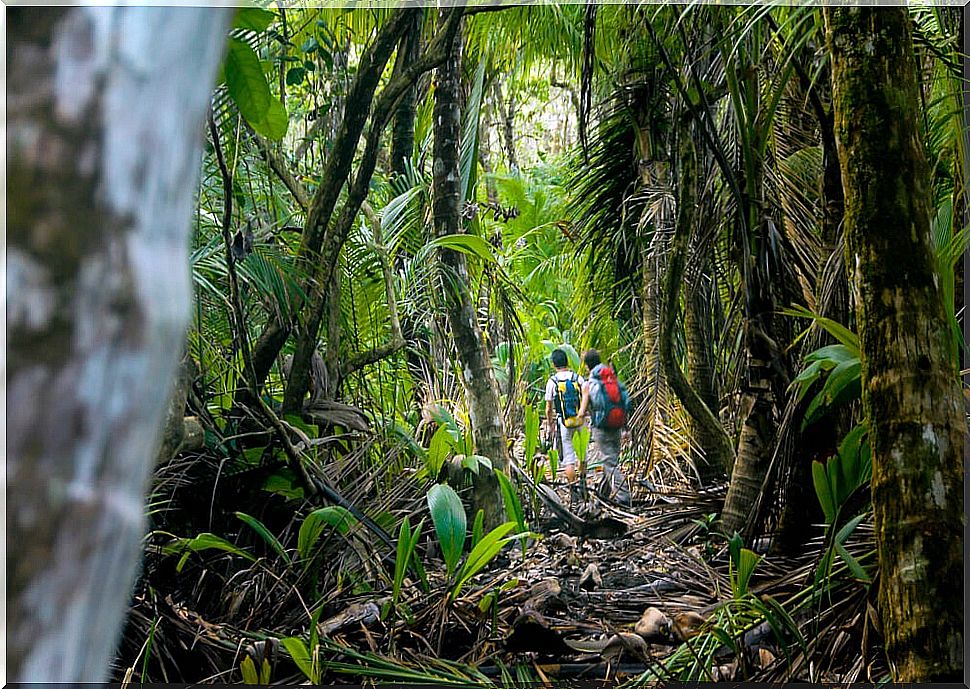
The park is open to the public, although a prior reservation is required to visit it. You can take the tour along one of the two main trails that run through it, one along the coast and the other inland. Unlike the Monteverde park, visiting Corcovado will take at least two days.
It is also advisable to be in good physical condition to do so. And, above all, you must be careful, since crocodiles live in the rivers and, when there is high tide, there are sharks that swim in the estuary.
In the park there are four ranger stations, three at the entrances and the other at a trail junction. Camping is allowed although you can only do it at the Sirena and San Pedrillo stations.
It is recommended to walk the coastal path, as it is where you can see more animals: macaws, pelicans, spider monkeys, anteaters, coatis, capuchin monkeys or woodpeckers.
Without a doubt, walking through any corner of Costa Rica, you can discover its fantastic landscapes and fabulous forests. You can get lost in green, dense and tangled jungles or admire the curious vegetation of the subalpine moor. It is an indispensable destination for lovers of ecotourism.
